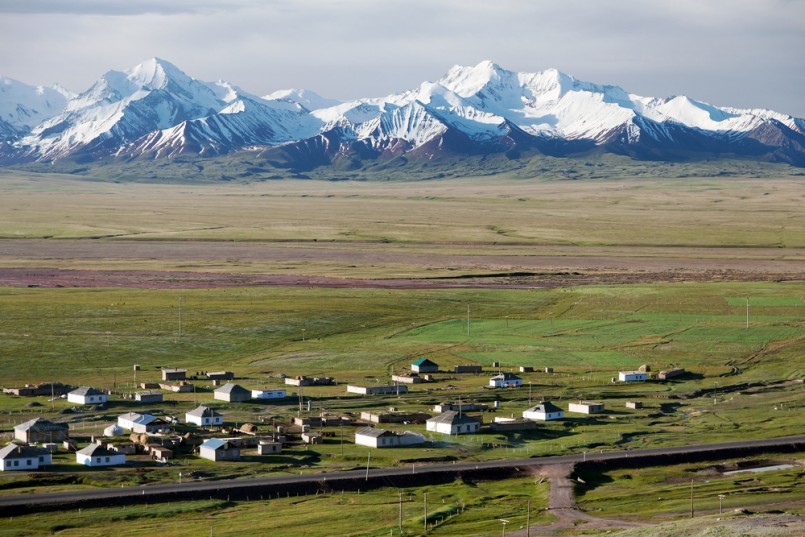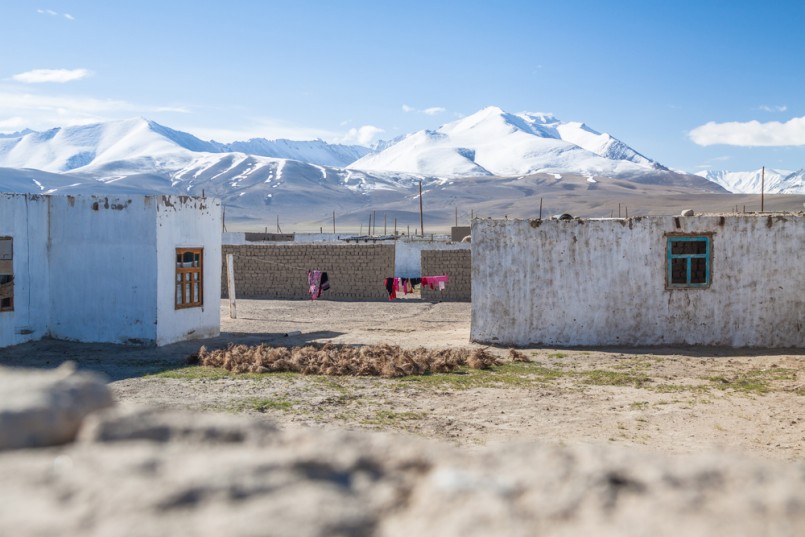Cultures
Climate change is altering Pamir villagers’ sense of time

Image: Shutterstock/Daniel Prudek
The Pamir village clocks are quite complex. The complex time measurements of the Pamir Mountain villagers of Afghanistan and Tajikistan have relied upon nature for decades. With a connection so close to the ecology that surrounds them that it actually integrates into their own bodies, the Pamir villagers’ sense of time has stumbled upon perplexing developments as a result of climate change. As the natural and seasonal events they’ve used as indicators of agricultural stages and cultural tradition have become altered beyond reasonable recognition, the villagers have lost their sense of time completely.
Although the villagers have taken a few steps away from the former full use of their bodies in time measurement, the terminology and concepts of the traditional calendar are still used and many aspects of life are still reliant upon their current ecosystem. Scientists evaluated the complexity of these issues recently in the Journal of Persianate Studies, finding that the Pamir villagers’ sense of time was not only measured by nature’s events, but given actual meaning by them.
How Pamir villagers’ sense of time works

Image: Shutterstock/Jakub Czajkowski
The village ‘hisobdon’ was usually the one who kept track of time. Environmental or seasonal events were cues for certain village activities to take place (i.e. hunting, harvesting, sowing seeds for agriculture, etc.), and later an established connection to the human body part for each event was created.
Early spring began their clocks with a matched body area on the foot. As seasons continued, body parts moved up through the heart and neck to the head, then the same process would ensue backwards after a brief pause, ending back down at the feet. With agriculture patterns starting up to a month earlier than usual due to climate change and crops requiring higher elevations to avoid damage, the Pamir villagers have made remarkable changes on their own, but have also endured understandable anxiety about planning their farming endeavors for which they’ve sought assistance.
Science to the rescue
In response, partners from the MIT Climate CoLab and Thriving Earth Exchange of the American Geophysical Union have joined Cornell University’s Karim-Aly S. Kassam for a team approach called the Ecological Calendars and Climate Adaptation Project in the Pamirs, or the ECCAP project. Researchers from four different countries collaborated to infuse village calendars with more updated ecological information so they can be used again for predicting events as usual. Additional teams will also be necessary for specific information related to precipitation and dryness as well as biodiversity and regional history.
The integration of scientific data into traditional practices will allow the village to maintain their culture by effectively preparing for upcoming climate events with less anxiety. The ECCAP project is uniquely suited to assist communities with their adaptation to climate change and thus can give them a sense of control over their own lives. Coupled with their own innate resilience and understanding of their native land, the village is now most confidently geared for success in navigating the uncertainties of climate change.





0 comments